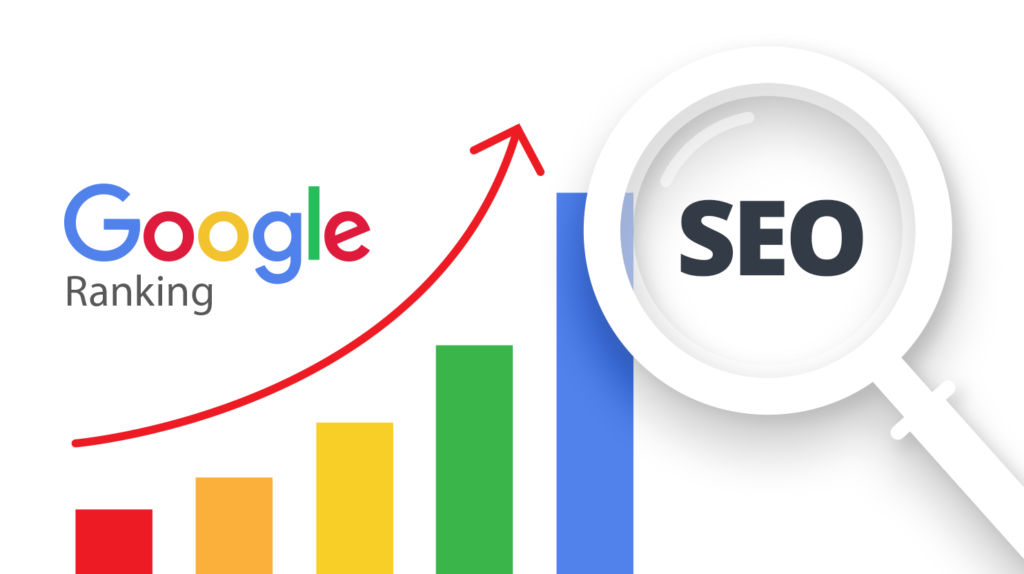Website design is a complex process that requires a thorough understanding of various elements working together to create an effective digital presence. The design of your website can impact how users perceive your brand, interact with your content, and ultimately engage with your business. Whether you’re new to web design or an experienced professional, these ten considerations will provide valuable insights to help you create a successful website.
Define the Purpose of Your Site
Defining the purpose of your website is the foundational step in the design process. A clear understanding of what you want to achieve with your site will guide all subsequent design decisions. Ask yourself what specific goals you want to accomplish—whether it’s attracting new customers, providing valuable information, or offering an online store.
According to techbytechnologist.com, Setting these objectives will help you create a focused design strategy. Additionally, consider how your site will support your business or personal brand and what actions you want visitors to take. This clarity will not only streamline the design process but also ensure that every element on your site serves a specific purpose.
Understand Your Target Audience
Understanding your target audience is crucial for designing a website that resonates with your visitors. Start by researching to gather detailed information about the demographics of your audience, including age, gender, location, interests, and behaviors. Create detailed customer personas to represent your ideal users, which will help you tailor your website’s design, content, and functionality to meet their needs and preferences.
For example, if your target audience is primarily young adults, you might use modern design trends and interactive features. Conversely, if your audience is older, you may prioritize simplicity and readability. Knowing your audience allows you to create a more personalized and engaging user experience.
Prioritize Mobile Optimization
In today’s mobile-first world, optimizing your website for mobile devices is essential. With a significant portion of web traffic coming from smartphones and tablets, your site must be designed to provide an optimal viewing experience across all devices. Implement responsive design techniques that ensure your website adapts seamlessly to different screen sizes and orientations. This includes adjusting the layout, images, and navigation to be user-friendly on both small and large screens.
Regularly test your site on various mobile devices and screen resolutions to identify and address any issues. Mobile optimization not only enhances user experience but also contributes to better search engine rankings, as search engines prioritize mobile-friendly sites.
Plan Your Content Strategy
A well-planned content strategy is vital for engaging visitors and achieving your website’s goals. Begin by identifying the types of content that will be most effective for your audience, such as blog posts, videos, infographics, or interactive elements. Plan how you will organize and present this content on your site. Consider using a content management system (CMS) that allows for easy updates and management.
Incorporate search engine optimization (SEO) best practices with the help of zainybas into your content to improve visibility and drive traffic. Develop a content calendar to schedule regular updates and ensure that your content remains relevant and fresh. High-quality, relevant content not only attracts visitors but also encourages them to stay longer and interact with your site.
Enhance Readability
Readability is a critical aspect of web design that affects how easily users can consume and understand your content. Choose fonts that are clear and easy to read, avoiding overly decorative styles that may detract from readability.
Ensure there is sufficient contrast between text and background colors to make reading comfortable for all users, including those with visual impairments. Use headings, subheadings, bullet points, and short paragraphs to break up text and make it easier to scan. Incorporate whitespace effectively to avoid clutter and make the content more digestible. Enhancing readability improves user experience and helps keep visitors engaged with your site.
Simplify Navigation
Effective navigation is essential for a positive user experience. A well-organized navigation structure helps users find the information they need quickly and efficiently. Design a clear and intuitive navigation menu with logical categories and subcategories that reflect the content and purpose of your site. Include a search bar to assist users in locating specific items or content.
Avoid overwhelming users with too many options; instead, focus on creating a streamlined and user-friendly navigation system. Ensure that navigation elements are easily accessible and functional across all devices. Simplified navigation enhances usability and helps visitors achieve their goals on your site.
Focus on User Experience (UX)
User experience (UX) encompasses the overall feeling and satisfaction users have when interacting with your website. A positive UX is crucial for keeping visitors engaged and encouraging them to return. Consider the entire user journey, from the first interaction to the final action, and design with their needs and expectations in mind. Conduct usability testing to identify and address any pain points or areas for improvement.
Focus on creating a seamless experience by optimizing site speed, ensuring mobile compatibility, and providing clear calls to action. A user-centered approach to design will result in a more enjoyable and effective website.
Optimize for Search Engines (SEO)

Search engine optimization (SEO) is vital for improving your website’s visibility and attracting organic traffic. Start by conducting keyword research to identify relevant terms and phrases that your target audience is searching for. Incorporate these keywords strategically into your content, titles, meta descriptions, and headers. Optimize on-page elements such as images, alt text, and internal links to enhance SEO performance.
Pay attention to technical aspects like page speed, mobile optimization, and secure connections (HTTPS). Regularly update and refine your SEO strategy based on performance metrics and search engine algorithm changes. Effective SEO practices will help your site rank higher in search results and reach a broader audience.
Plan for Regular Maintenance
Ongoing maintenance is essential to keep your website running smoothly and effectively. Regularly check for and fix issues such as broken links, outdated content, and technical glitches. Update your website’s software, plugins, and security features to protect against vulnerabilities.
Plan a schedule for routine maintenance tasks, such as content updates and performance reviews. Addressing issues promptly and keeping your site current will ensure a positive user experience and help maintain your website’s functionality and relevance over time.
Ensure Accessibility
Ensuring that your website is accessible to all users, including those with disabilities, is a fundamental aspect of web design. Implement accessibility features such as alternative text for images, which helps visually impaired users understand visual content. Design your site to be navigable using a keyboard for users with limited mobility.
Follow web accessibility guidelines, such as the Web Content Accessibility Guidelines (WCAG), to ensure compliance and create an inclusive experience. Accessibility not only improves usability for all visitors but also demonstrates a commitment to diversity and inclusion.
Conclusion
Designing a website involves a careful balance of various factors to achieve a functional, engaging, and inclusive online presence. By focusing on defining your site’s purpose, understanding your audience, prioritizing mobile optimization, planning your content strategy, enhancing readability, simplifying navigation, improving user experience, optimizing for SEO, planning for maintenance, and ensuring accessibility, you can create a website that effectively meets your objectives and provides a positive experience for all users.
Thoughtful consideration of these elements will help you build a successful website that supports your goals and resonates with your audience.

1 thought on “10 Essential Considerations for Planning a Website Design”